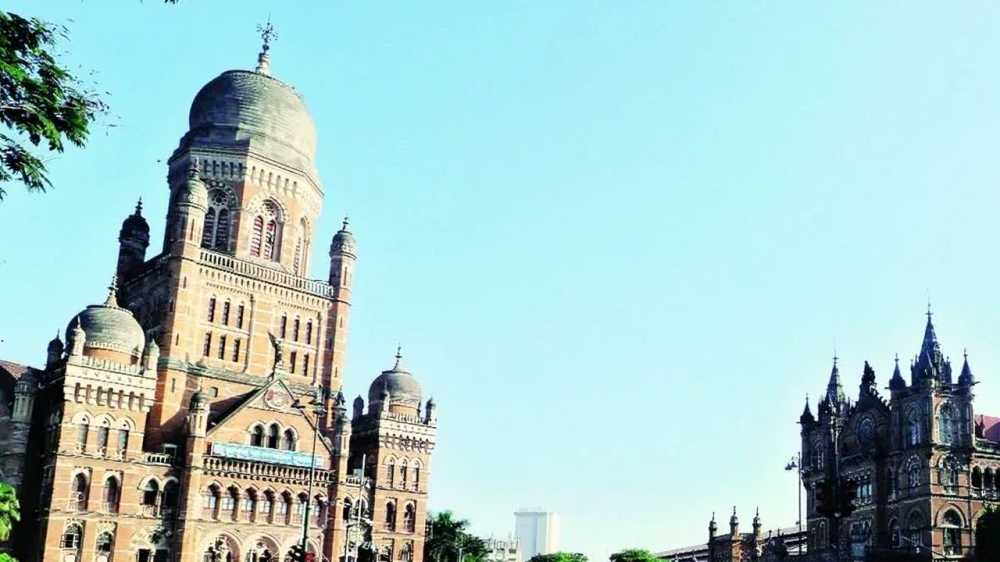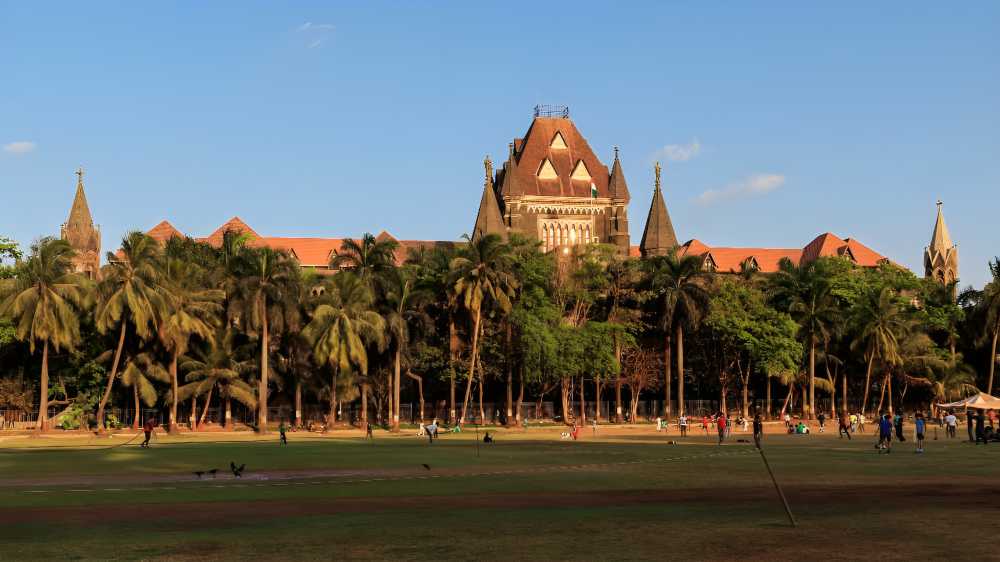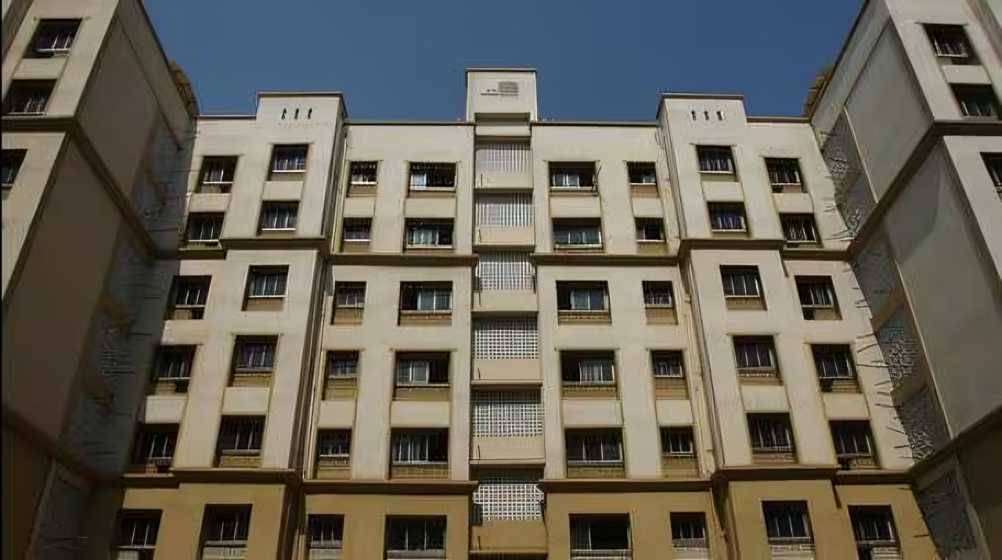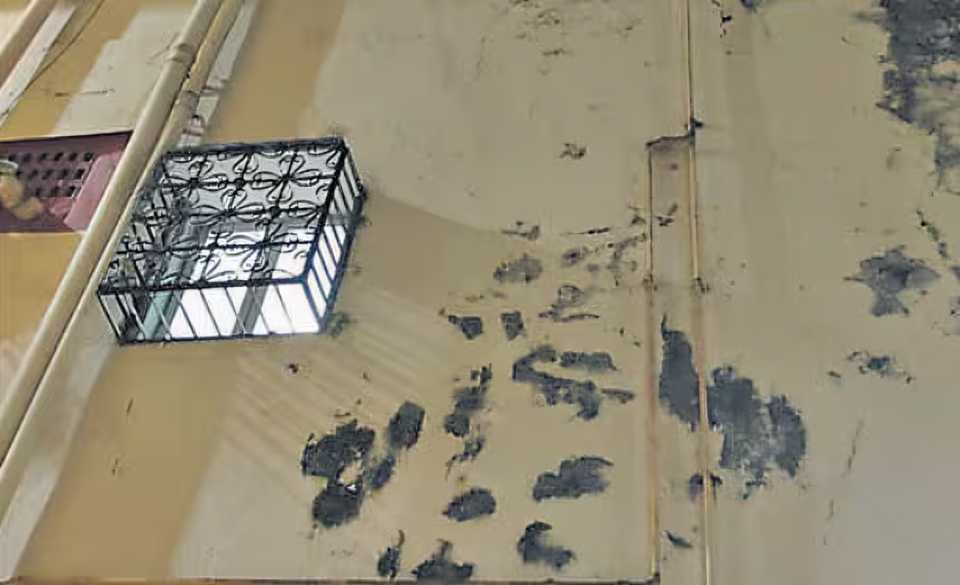August 21, 2025: A day after heavy rainfall left several parts of Mumbai submerged, the Brihanmumbai Municipal Corporation (BMC) on Wednesday announced plans to implement local-level interventions aimed at mitigating flooding across the city’s municipal wards.
Between August 16 and 19 , Mumbai recorded a total of 940 mm of rainfall, resulting in waterlogging in multiple areas. Notably, the Hind Mata junction, where the BMC had previously invested Rs 150 crore in a flood mitigation project four years ago, also experienced inundation, bringing vehicle movement to a halt.
Speaking to The Indian Express, Abhijit Bangar, Additional Municipal Commissioner (Projects), stated that the administration is now proposing to enhance the capacity of existing dewatering pumps. He explained that, despite all six pumping stations in the city and an additional 540 dewatering pumps functioning continuously over the past six days, several areas still faced waterlogging.
“Currently, these pumping stations are equipped to manage hourly rainfall of 55-60 mm. However, over the last six days, we recorded rainfall rates between 150 mm and 200 mm per hour,” Bangar said. At Hind Mata, a holding pond stores excess water during floods, which is transferred by dewatering pumps. “Our goal is to increase the carrying capacity of these pumps so that water can be discharged faster, ensuring quicker drainage of accumulated water,” he added.
The Hind Mata pumping station, which became operational in 2022, houses seven pumps capable of channeling 3,000 cubic metres of water per hour. Bangar noted that while adverse climatic events were less frequent three years ago, Mumbai now experiences above-normal rainfall more regularly, necessitating infrastructure expansion to make the city future-ready.
In addition, the BMC plans to widen drainage networks at Gandhi Market and other locations, particularly in the island city, where most flooding spots are concentrated. The civic body intends to appoint a dedicated agency, such as IIT or VJTI, to survey drains and determine the extent to which each needs widening.
Bangar emphasised the changing urban landscape and altered rainfall patterns as reasons for these upgrades. “The volume of water flowing through the city has increased significantly over the past decades, and heavy rainfall is now occurring over shorter periods. Expanding the width of drains is essential to manage this effectively,” he said.
Mumbai’s drainage network spans approximately 3,800 km, including 261.52 km of major nullahs and 411.56 km of minor nullahs, along with arch and roadside drains. These systems, some dating back to the colonial era, remain crucial to the city’s flood management strategy.
Source: The Indian Express





